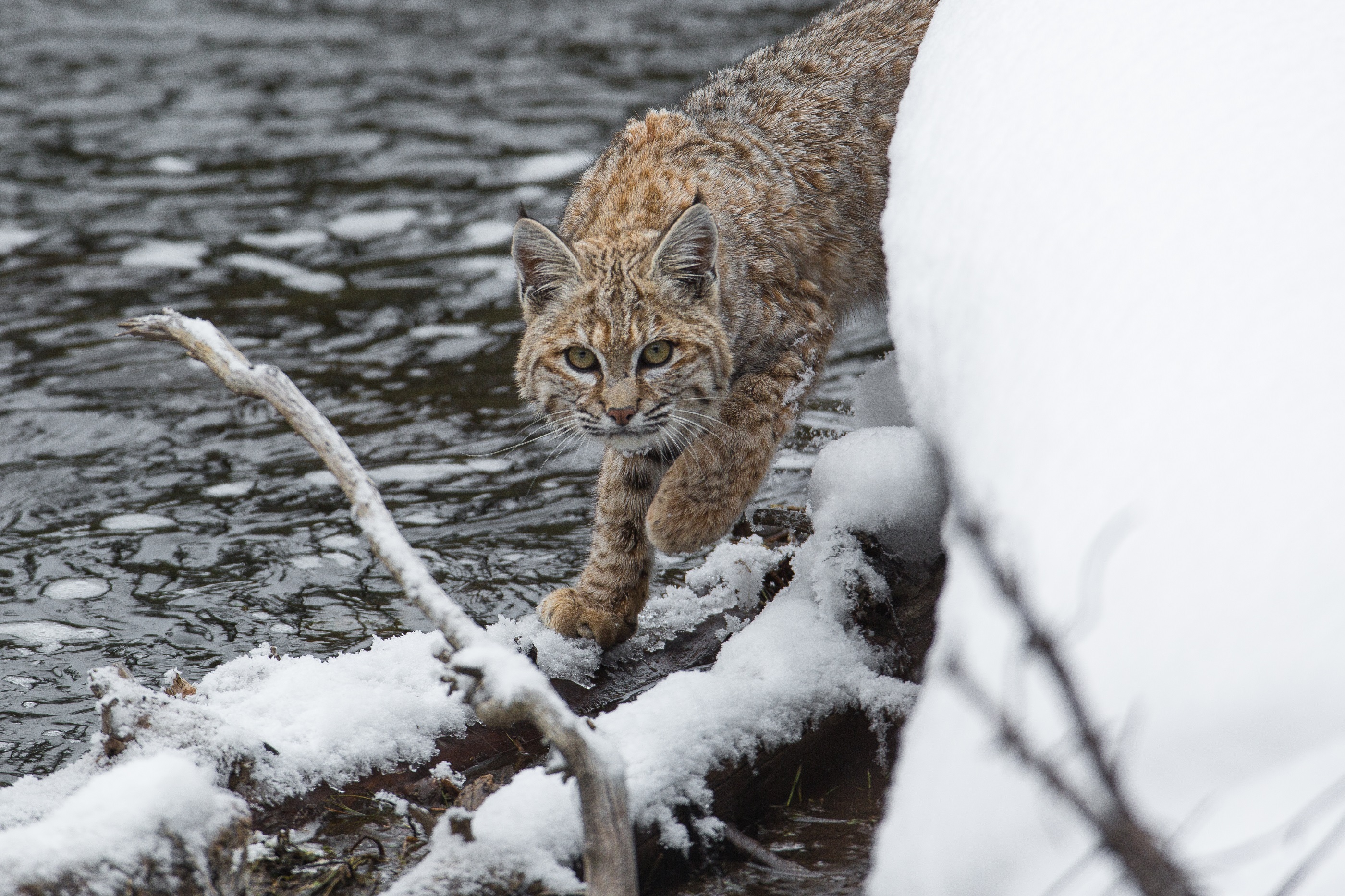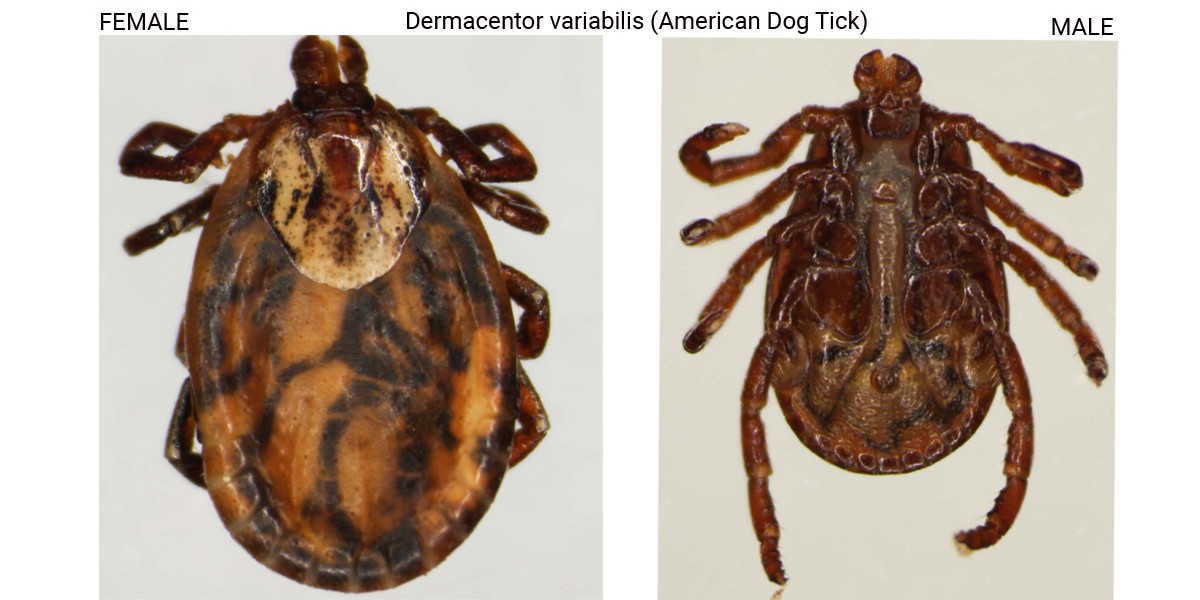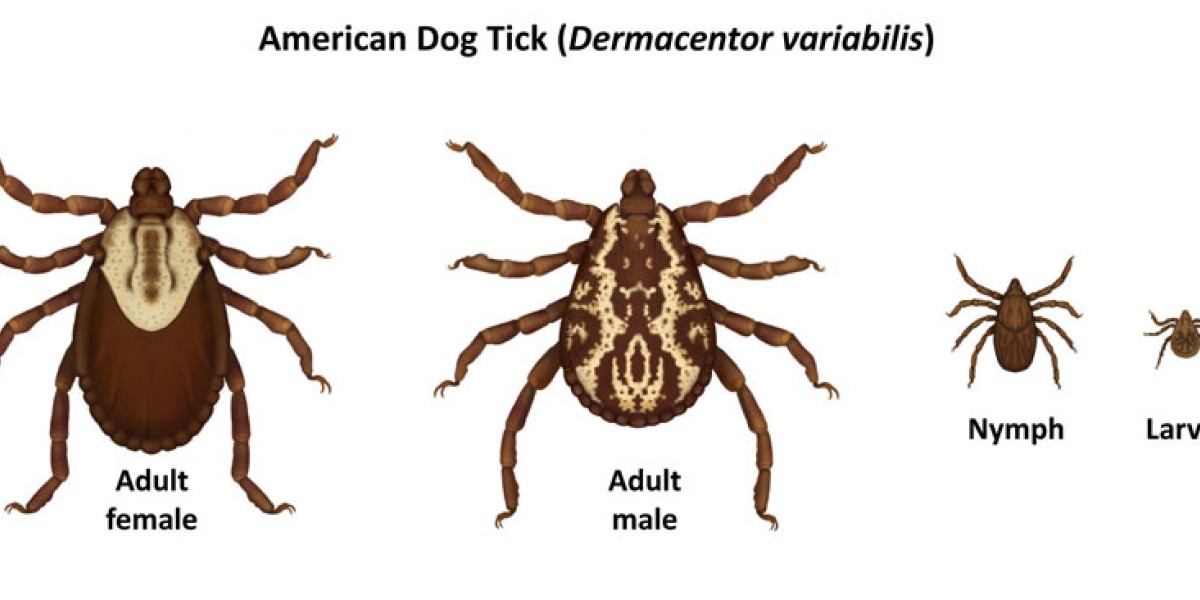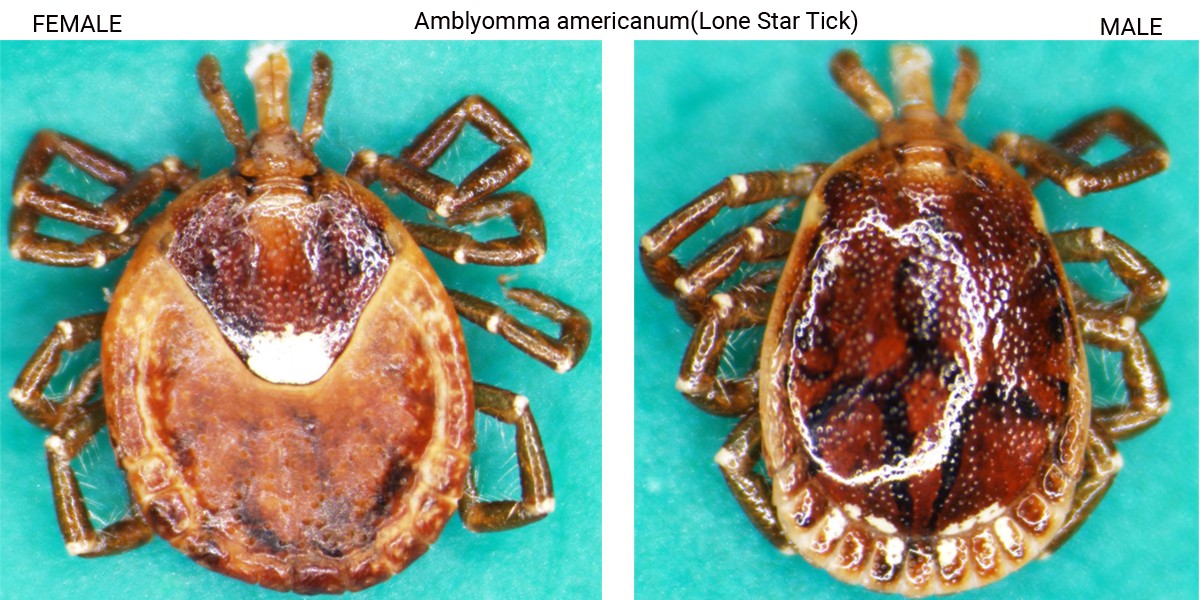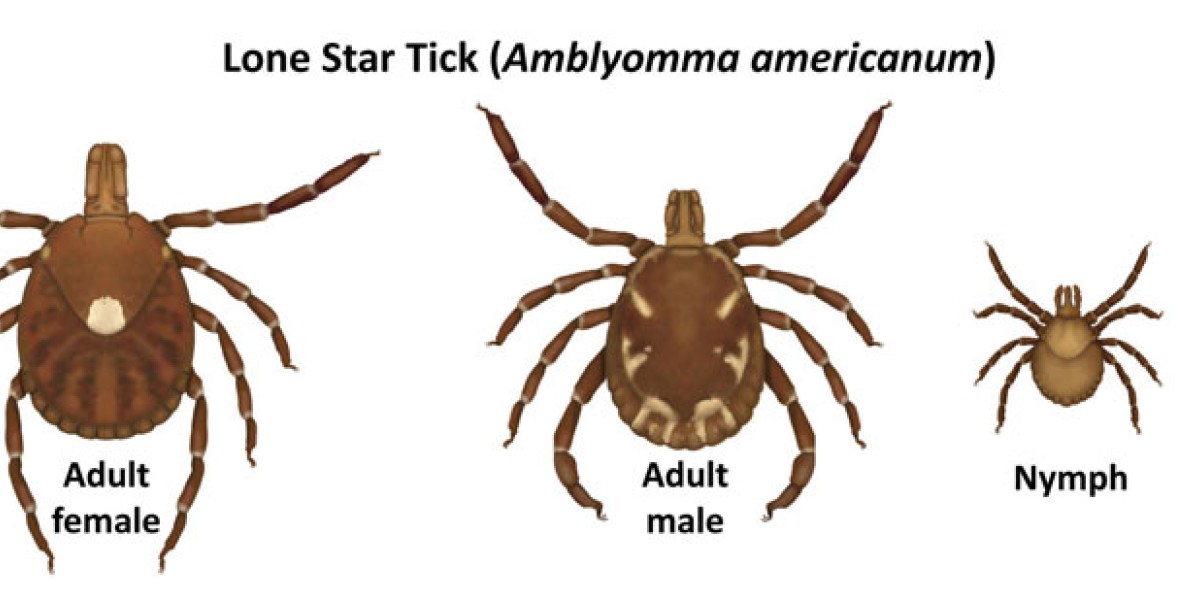Considered an emerging disease, “Bobcat Fever” (Cytauxzoon felis) is caused by a blood parasite that affects cats. Bobcats are a known reservoir the organism, and in some cases infected domestic cats have died of the disease. Found originally in the Southeastern U.S., C. felis has been slowly moving north with the tick vectors that carry it.
Cytauxzoon felis is carried most commonly by the Lone Star tick Amblyomma americanum, and sometimes by the American Dog tick Dermacentor variabilis. Because our climate is warming, we expect to see more of these vector-borne diseases moving north to our part of the country, and occurring with greater frequency. So far, cytauxzoon has been documented in cats as far north as Pennsylvania, but D. variabilis is found all over New York, and A. americanum is now widespread on Long Island and Staten Island.
What we know about cytauxzoon is rapidly evolving as scientists do more research. We don’t have much information about how it impacts the bobcat population, or how often the disease is transmitted from wild cats to pets. Domestic cats were thought to be the dead-end hosts of the parasite, but there is evidence they can recover from infection and may become carriers. New medications and more rapid diagnosis have improved survival rates from below 25% to closer to 60%.
The CWHL is working with the parasitology lab at the AHDC to develop a PCR (DNA based) test for Cytauxzoon felis. With tick samples from across the state and staff actively collecting bobcat tissues for evaluation, including using our tissue bank, we are digging in to confirm if it is present in New York, its distribution throughout the state, and how much crossover there is between bobcats and domestic cats.
Coming soon to CWHL:
How'd they do that? Creating diagnostic testing for wildlife - a look at the process of making new tests for wildlife health
Thumbnail image: By Alan Vernon (Flickr: Bobcat (Lynx rufus) portrait) [CC BY 2.0 via Wikimedia Commons]



